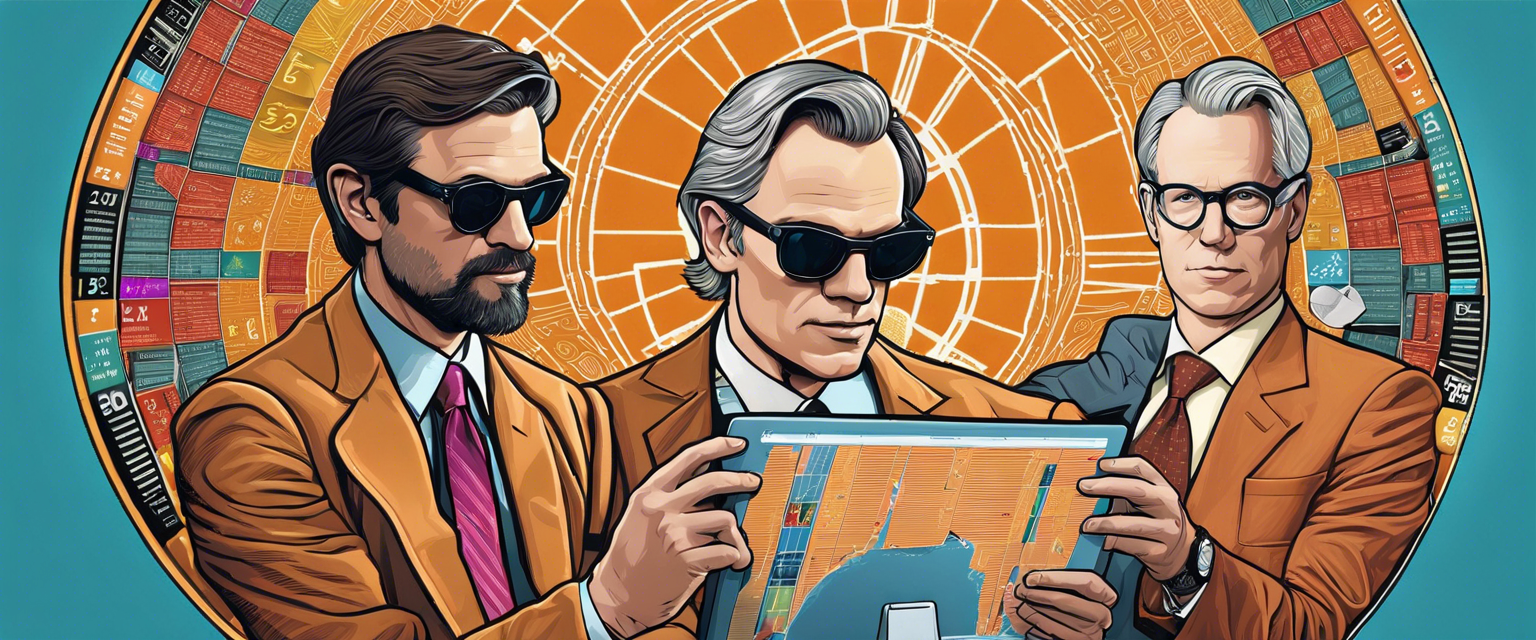Understanding the Future of Decentralization in Blockchain Technology
In the rapidly evolving world of blockchain and cryptocurrency, the debate surrounding decentralization versus centralization remains a hot topic. Recently, Andre Cronje, Chief Technology Officer at Sonic Labs, provided valuable insights regarding this very issue. As businesses and investors analyze their operational methods, many find themselves drawn towards centralized systems. This trend stems from the profitability challenges and operational complexities inherent in decentralized models.
The Shift from Decentralization to Layer 2 Solutions
Cronje predicts that we will likely see a significant shift in the landscape of decentralized applications (dapps). Many of these applications will transition to Layer 2 (L2) solutions. These L2 solutions offer notable advantages, including enhanced scalability and reduced transaction costs, which appeal to both developers and users looking for efficient alternatives.
Reverting to Layer 1 Solutions
It's crucial to understand that this shift to L2 may not be permanent. As management complexities arise, especially when dealing with decentralized protocols, some dapps may revert back to Layer 1 (L1) solutions. This cyclical transition highlights the ongoing struggle between maintaining decentralization and managing operational efficiencies.
Centralized Sequencers and Layer 1 Solutions
Interestingly, Cronje points out that even some Layer 1 solutions might choose to shift towards L2 for easier management. By utilizing centralized sequencers, these systems can benefit from improved transaction speeds and reduced overhead. However, similar to dapps, there's always the potential for them to decentralize again when the operational landscape shifts.
The Paradox of Decentralization
This dynamic push and pull between centralization and decentralization contradicts traditional technological concepts. Instead of viewing decentralization as an absolute necessity, businesses are now weighing the operational benefits of centralized systems against the core values of decentralization.
Conclusion: Embracing the Evolution
The insights shared by Andre Cronje reflect a broader trend within the blockchain community. As technology evolves, the definitions and implementations of decentralization may also shift. This evolution invites developers, investors, and businesses to rethink their strategies and approaches to ensure long-term success in this competitive landscape.
For authoritative resources on blockchain, consider checking out Blockchain.com and Ethereum.org for comprehensive guides on Layer 1 and Layer 2 solutions.
Call to Action
What are your thoughts on the relationship between centralization and decentralization in blockchain? Share your insights and join the conversation today!



Yorum yazın
Tüm yorumlar yayınlanmadan önce incelenir.
Bu site hCaptcha ile korunuyor. Ayrıca bu site için hCaptcha Gizlilik Politikası ve Hizmet Şartları geçerlidir.